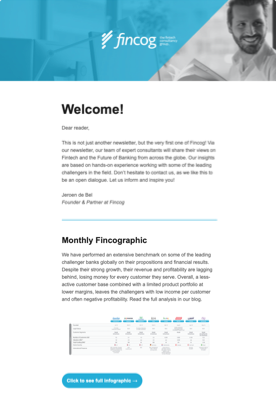In our newest blog highlighting insights out of our collaborative research with BPC, we discuss why SMEs and MSMEs present a sizeable opportunity across the African continent that digital banks can not ignore. To access the full research for free visit: Digital Banking in Africa
In Africa, banking markets differ remarkably in terms of sizing, infrastructure, and banked population depending on which part of the region or which country one analyses.
Many markets have already seen drastic improvements in banking penetration and infrastructure and in some more mature markets with higher incomes such as South Africa, Mauritius, or Kenya, banking penetration rates amongst adults equal 69%, 90%, and 82% respectively, while the presence of bank branches is also most significant. In South Africa and Mauritius, for example, there are 10 bank branches per 100,000 adults compared to the regional average of only 5.
Despite significant positive developments in recent years in many areas of the region, a large proportion of the Sub-Saharan African population remains part of a widespread unbanked community.
However, not only retail segments in Africa struggle adequate access to financial services. A lack of suitable business banking services can pose a great challenge for many entrepreneurs, MSMEs and SMEs across Africa.
Lack of adequate financing for SMEs & MSMEs
According to data from the International Finance Corporation (IFC), it is estimated that approximately 40% of all formal MSMEs in developing countries suffer under unmet financing needs, equaling $5.2 trillion every year. In Sub-Saharan Africa for example, we can assume that out of more than 44 million formal MSMEs, roughly 52% are credit-constrained and lack the necessary financing to adequately sustain their business.
This translates into a gap between demand ($404 billion) and supply ($70 billion) of $328 billion needed in financing excluding a potential demand from informal MSMEs of an additional $312 billion.
For traditional banks, strict collateral requirements and rigid credit checks make it almost impossible to meet the needs of SMEs and MSMEs who usually require lower amounts of capital and lack an extensive credit history or the ability to pledge collateral.
Therefore, Fintechs and digital banks have now the opportunity to address a historically underserved market segment while acquiring a noteworthy market share.
One way for digital banks to tackle this issue would be to make use of technology to find solutions to lend unsecured capital in a profitable way to higher-risk candidates even in more remote areas. The MSME space in Sub-Saharan Africa boasts almost limitless opportunities if cost can be kept at a bay and services can be made accessible.
Africa remains the most expensive region to transfer money
Another opportunity that presents itself for digital banks on the African continent and might benefit both retail and business customers is the provision of affordable cross-border transfer services.
With the increased closure of borders, the remittances market of Sub-Saharan Africa is progressively shifting from informal to formal channels. A fact that boosts formal economic activity, but also makes the life of many Africans even more challenging.
According to the World Bank, Sub-Saharan Africa continuously remains the most expensive region to transfer money to from abroad. Sending $200 costs an average of 8.2 % of the total transfer in the fourth quarter of 2020. Other developing regions in comparison are often experiencing lower rates of transfer. In Latin America and the Caribbean for example, costs are estimated to be about 5.6 percent while South Asia even comes down to approximately 4.9 percent.
Moreover, the Sub-Sahara is an environment that experiences high intra-regional migration. Africans sending money from South Africa to Botswana are charged with a staggering 19.6 percent.
Overall, remittances in Sub-Saharan Africa totaled $42 billion in 2020, representing an impressive opportunity to solve some of the key issues of cross-border transfers. Most critically, digital banks should motivate consumers to switch to formal remittances services with cost-efficient offers, outstanding customer service, and simplicity in the proposed product.
There are multiple ways to achieve this; one way could be to leverage the existing infrastructure of mobile money transfers and the increasing mobile penetration. Another important factor is to embrace partnership ecosystems. These can both facilitate a global reach for remittances and help outsiders to enter the complex market environment across the region.
After all, we expect that the new African Continental Free Trade Agreement (AfCFTA) will make it easier for fintechs and digital banks to establish themselves, foster partnerships and expand their services across the region.
How Fincog can help
Fincog is a leading strategy consultancy specialized in digital banking. We support our clients to define their strategy, optimize operations and guide implementation so that clients can capitalize on financial innovation. Our team offers a global network of senior industry experts covering all key challenges for leaders in the financial services industry
If you would like to get in touch with us to see how we can best help you and your organization in your endeavour, do not hesitate to reach out to us via info@fincog.nl


